Tomatoes, anchovies and olives. We could start there. True flavours of summer. Giant fat red tomatoes, just a little salt and olive oil, smeared with crushed olive tapenade flavoured with young garlic and golden marjoram and a few of Luigi’s anchovies..
I should add peaches I suppose, as what would summer be without peaches?
And there must be cherries. Not ones picked by machine, flown halfway around the world in cold storage, but ripe fleshy, purple and red ones from Kent. Proper English cherries, Colney and Sunburst, large fruits with small stones and plenty of sweet juice that stains your lips
I once gave myself a slight dose of cyanide poisoning after picking about fifteen kilos of cherries from a quiet cherry orchard in late July, on a feverishly hot afternoon, fingers stained, and sticky with ripe juice. Wasps busily going about their business in the trees at the same time as I climbed up, bending branches to reach the clusters of fat black cherries. We know that stone fruits have an element of cyanide in their kernels, in fact, nature it seems is always trying to kill us inadvertently. Jamie the forager says that people get too worked up about mushrooms, as there are only a handful you might possibly find that will do you any real harm. Green things, however, commonly growing leaves that you probably brush past every day are just waiting to cause you trouble.
My last brush with cyanide was seemingly not too dangerous but definitely enough to focus the mind. Sitting in the garden with my cherry stoner for a couple of hours, thoroughly (or so I thought) removing the pips from the haul from my afternoon of collecting fruit, I decided to make a batch of sorbet. The Vitamix made a peculiar clack-clacking sound as I puréed the fruit, just a few pits I told myself. Just enough to induce a monstrous, lurking headache and a peculiar feeling of impending doom that wouldn’t shift for a day. Mild cyanide poison working its way through my system. Note to self, make sure that next time I make cherry sorbet, try to ensure there are no stones left in the fruit.
'“The seeds of cherries contain a chemical called amygdalin. When amygdalin is mixed with enzymes in your saliva, it creates cyanide. The average human body can tolerate up to 50mg of cyanide before it can become toxic. The average cherry pit contains around 3.5mg of amygdalin. So you would need to eat around 14 cherry pits for it to be considered a lethal dose. Meanwhile, the Morello cherry pit harbors an astonishing 65 mg per gram” whiterose.ac.uk
Fennel pollen. Another essential summer ingredient. I keep little pots of the bright yellow dust that I harvest from the plants that we let go to seed, using it to brush over a roasted chicken or stir into a pile of finely chopped herbs to scatter over warm artichokes, hooked out from their cooking juices, split open and doused with olive oil and crushed salt. The yellow umbellifers that will turn eventually to green seed heads, ready to hang upside down in paper bags to dry, are a great favourite of mine. The green seeds are so pungent when squashed, different entirely to the dried seeds from later in the year. I use a sweet fennel pollen curing mix for a fennel gravadlax using seeds, fronds and pollen. It has a sweetness that belongs only to the summer months.
I like to cure fish pressed down with ripe rosehips, a squashed paste of red and orange mixed with pink peppercorns, tart with vitamin C, though the hips are not truly sweet until the leaf tips have been bitten by the early chill of the nights at the end of summer. The bushes where I pick rose petals for jellies and vinegar down by the lake are beginning to fill up with the bright seed pods, though I’ll wait a while before harvesting these. Wild bushes in the fields yield a smaller hip, bright red, but small and oval shape. The birds always seem to get there before me, as I try to judge whether another day or so ripening will be better.
White peaches from the south of France come delivered in wooden boxes, neatly packed in rows, cushioned in little compartments to ensure that each one is protected against bruising. Roasted with vanilla butter and lemon verbena, puréed and stirred as a ripple through a fig leaf ice cream, or perhaps baked into frangipan in a crisp almond tart or left to cool and eaten with thick, cold set yoghurt. Not the hard peaches that never got the chance to ripen in the hot sun on the tree, harvested whilst unripe and put into cold storage and left for you to ‘ripen at home’ whatever that might mean. I don’t mean those, I do mean the fuzzy pale ones, the flesh a pearly, apple white, soft, full of warm sweet juice that runs down your chin and makes your hands sticky.
Anchovies are another of the finer things in life. They belong on a plate of tomatoes with perhaps a handful of smashed olives when the weather is hot. They also sit neatly on a small plate, doused with olive oil, a little finely shaved lemon zest over the top, and a glass of cold Fino. I like to buy mine from Italy.
Luigi Crescenzi fishes along the Lazio coast between Ponza and Fiumicino and uses nets to catch his anchovies that he tries to ensure are around five years old to ensure their ability to reproduce. His anchovies are fished between April and September, and he works the little fish within just a few hours of being caught, packing them into small oak barrels, pressed between layers of sea salt.
When clients place an order, Crescenzi selects the exact number of fish from his barrels, cleans and fillets them and arranges them in concentric circles in glass jars in deep green olive oil from groves in Tivoli. On the side of each jar is the name of the boat and the stretch of coast where the fish were taken. They are truly delicious with rich, mature flesh, not too salty. But then again as I have said before, the Italians seem to have a knack for knowing astonishingly good ingredients.
As I imagine, many of you have travelled for your holidays, I’ll leave you here for a brief break. I shall be on holiday myself for the next week or so and shall pause your paid subscriptions, restarting when I publish again on Monday 21st August.
In addition, I thought I might unarchive a selection of writing from earlier in the year, so if you feel like a read they’re pinned in my profile. There is plenty to explore. Tales of the strange goings-on in the world of top-flight professional kitchens, opinions, recipes and techniques. As there are many new subscribers here who didn’t read my words from earlier this year, feel free to explore and share. I’ll still be updating in Notes in the Substack app.
Happy holidays,
Until then
William





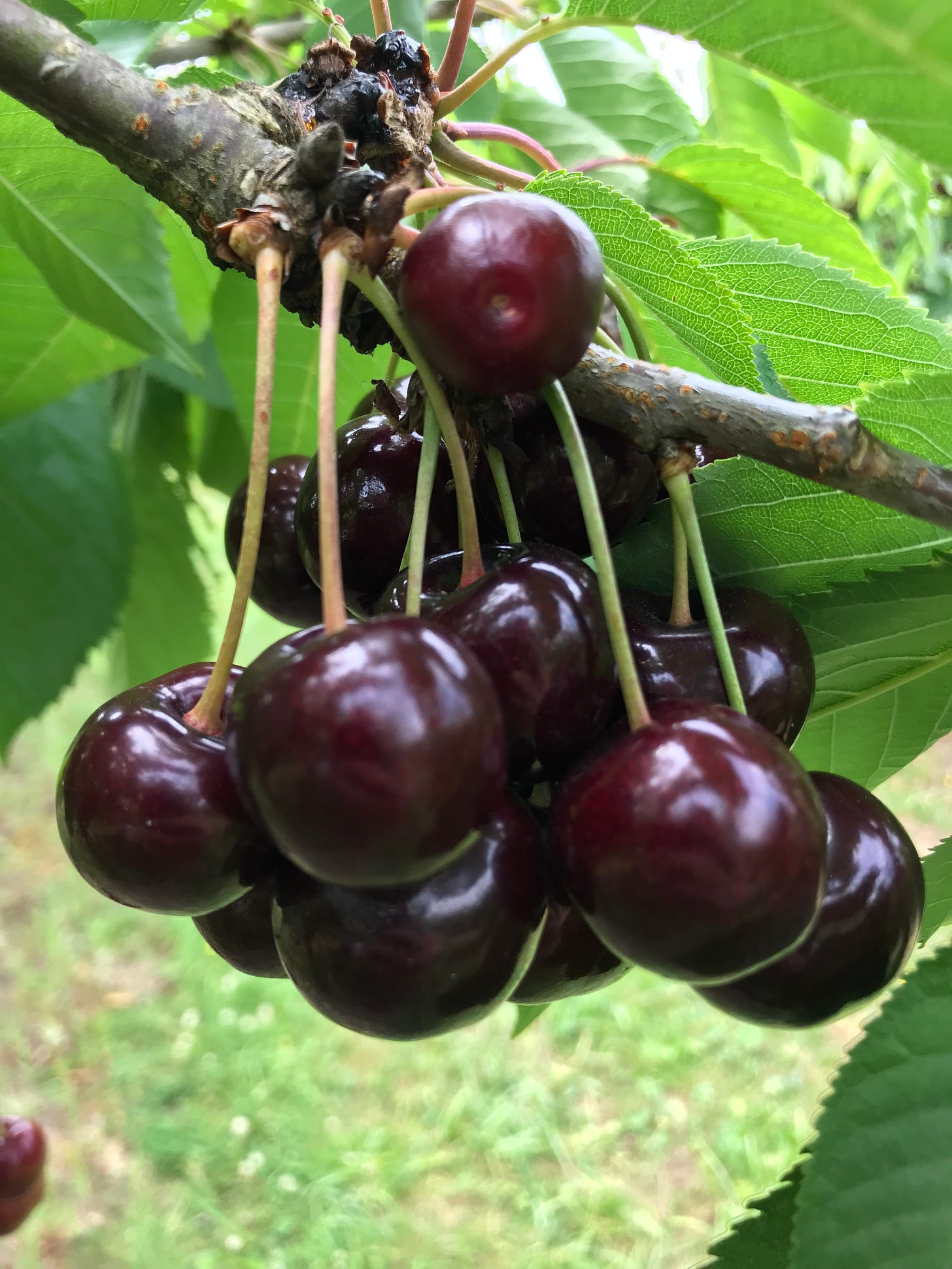
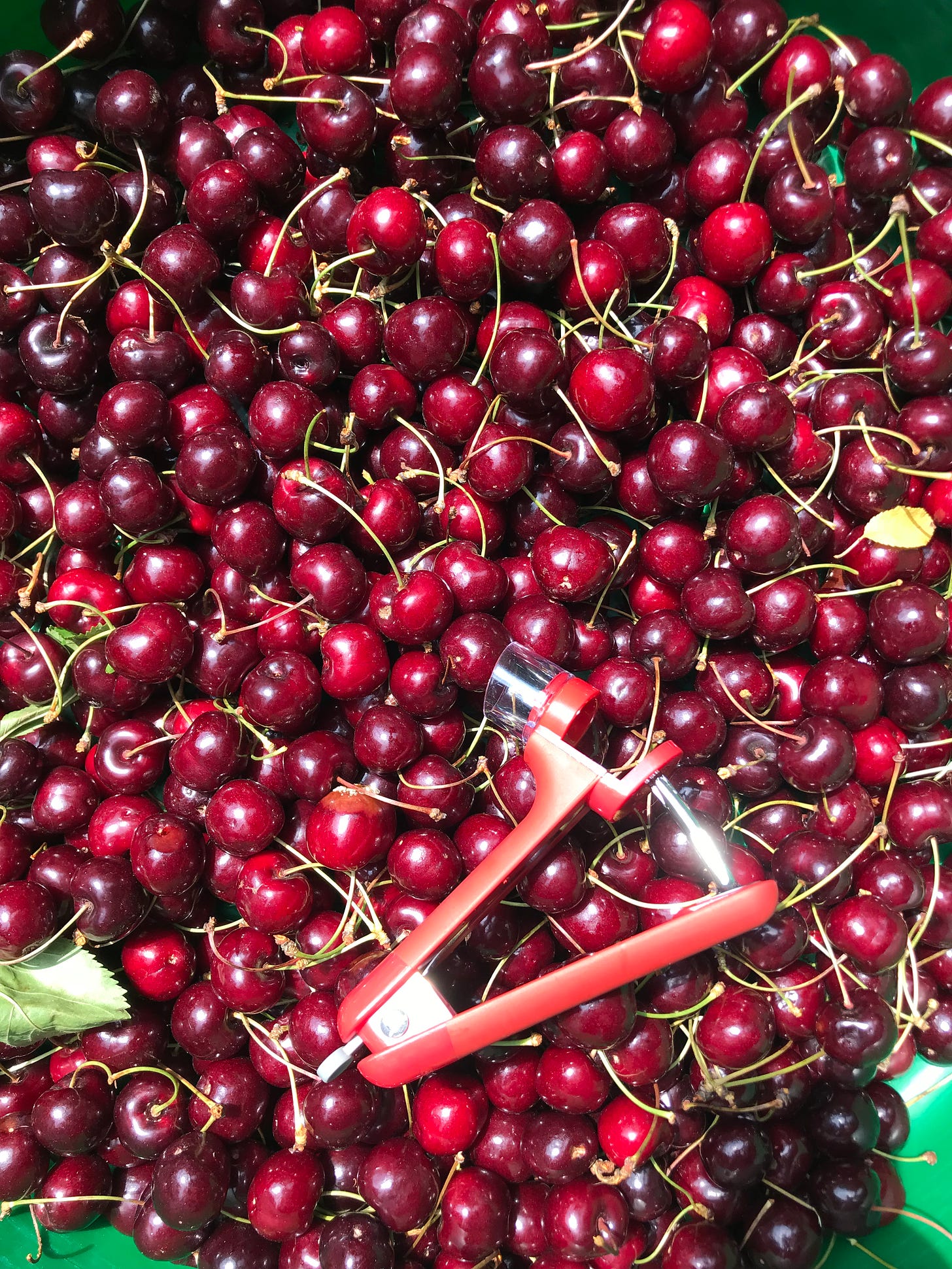
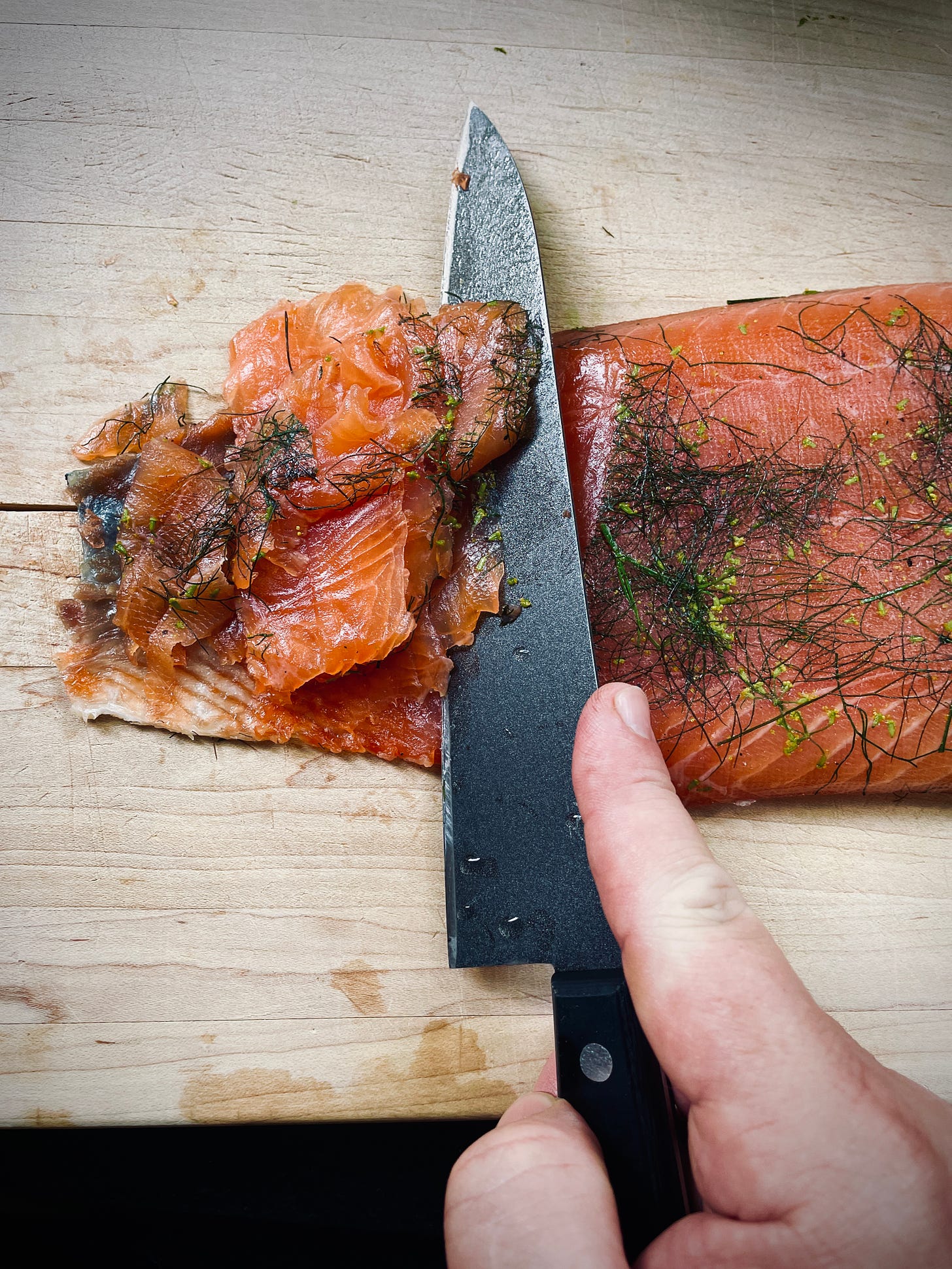
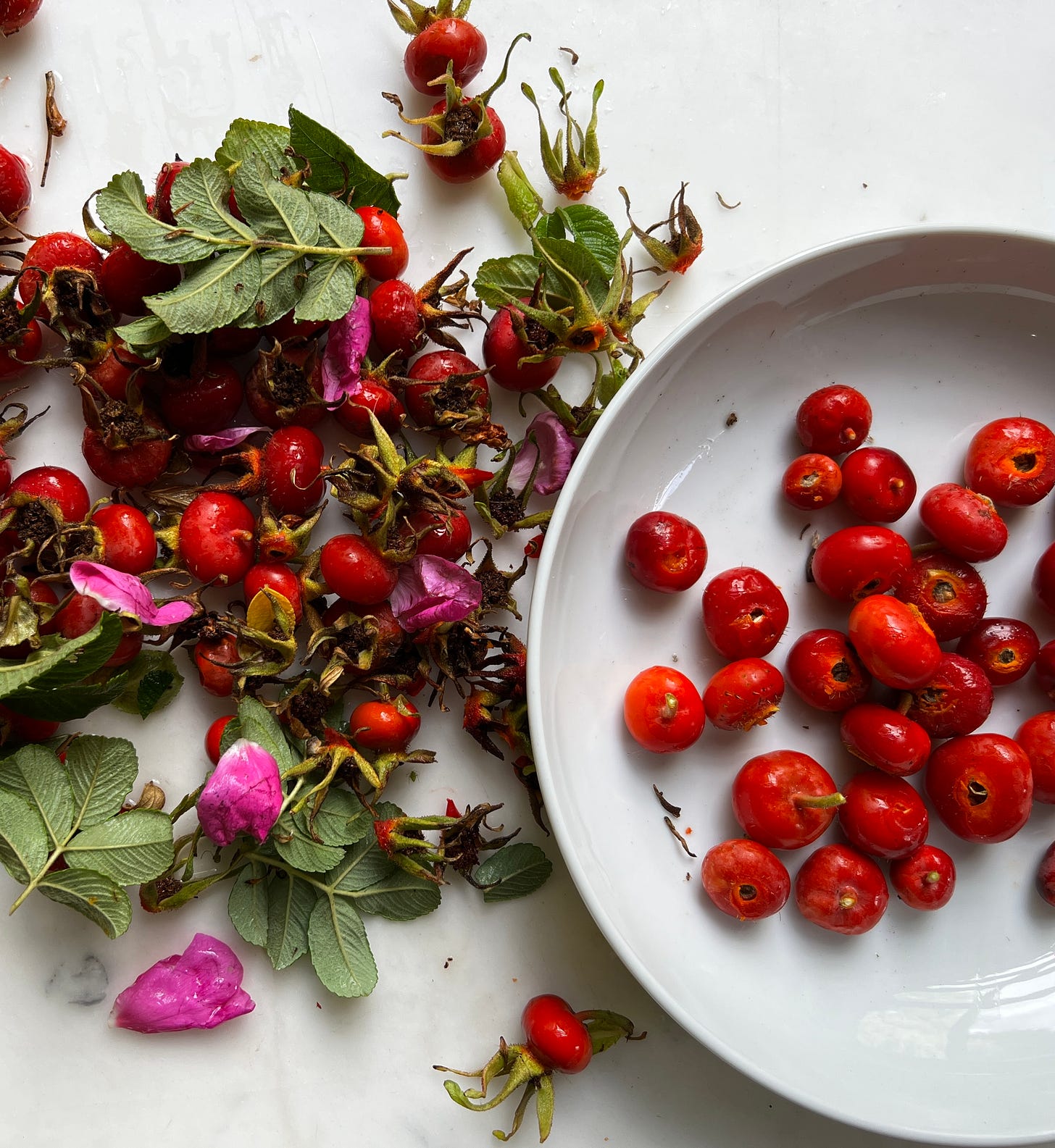
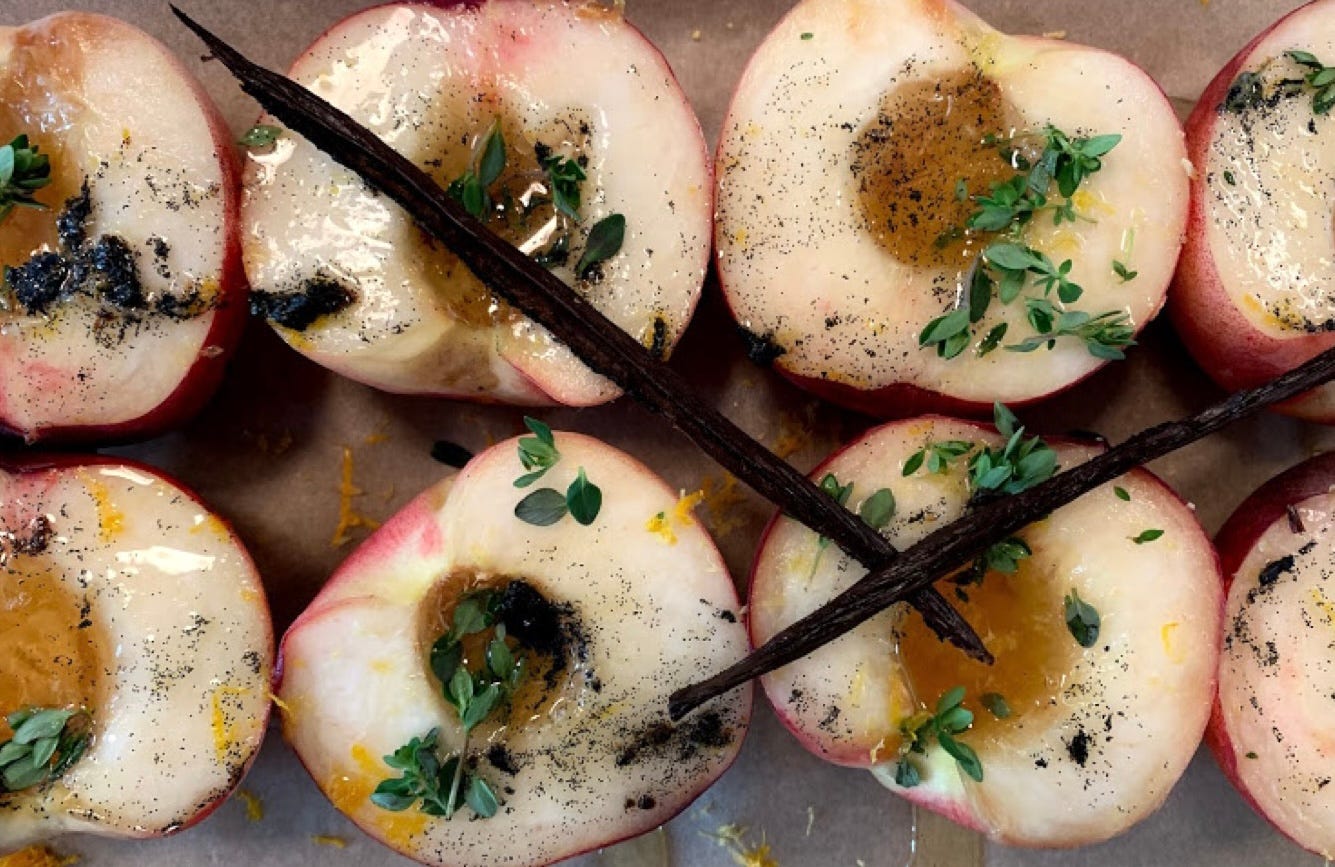
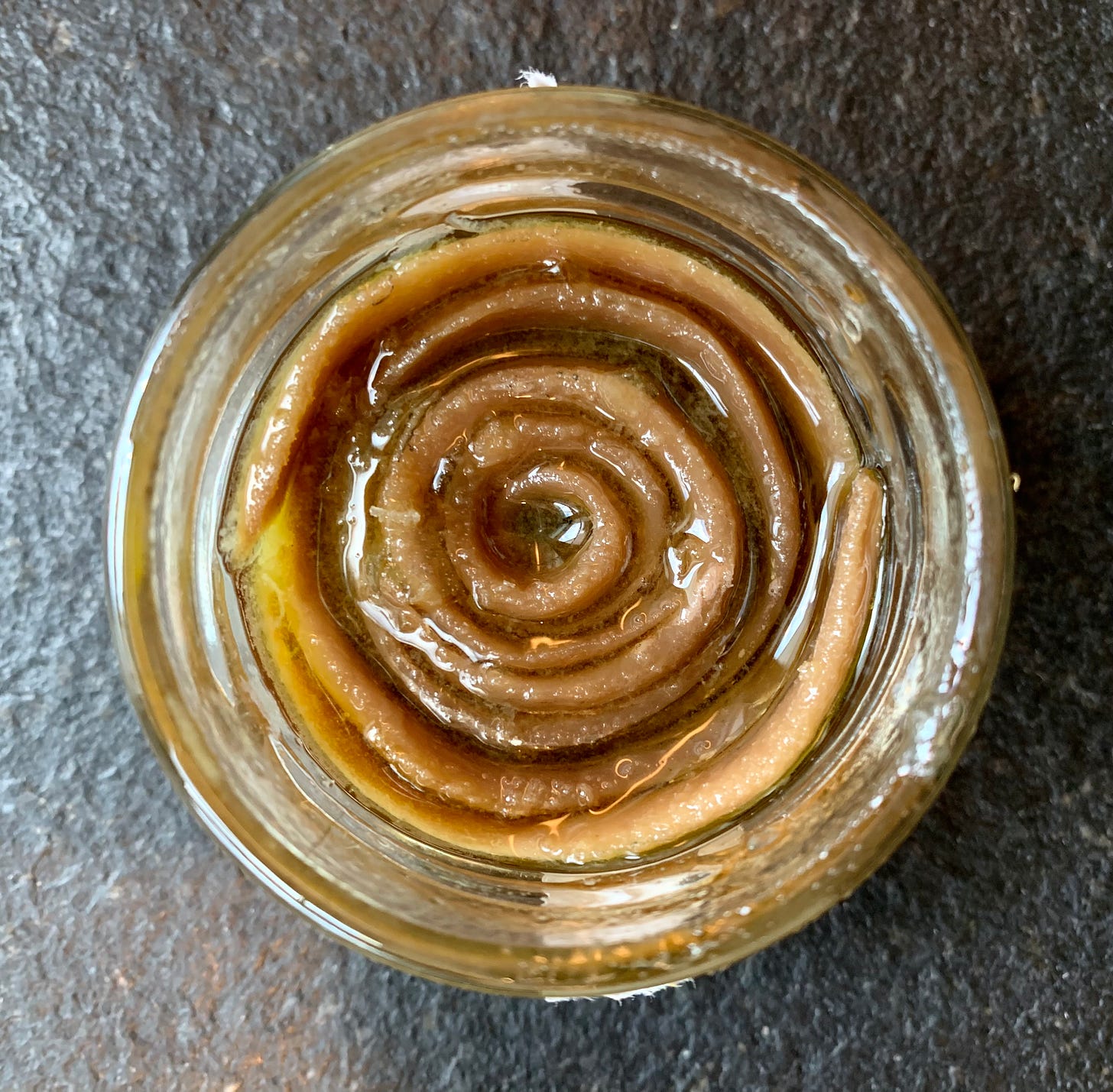
Did you ever experience the kitchen prank of rubbing a colleague's home clothes with rosehips so they were covered in the hairs or were we just absolute bastards?
I am experiencing the most profound anchovy envy right now.